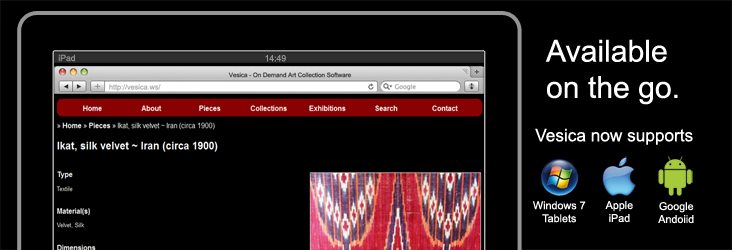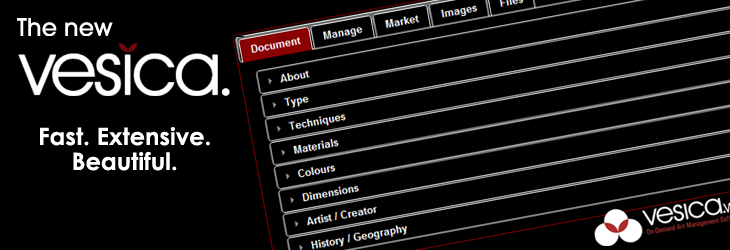Ever since we started to work on Vesica, our team has always been interested in the workings of virtual exhibitions. I’ve also recently been keeping up with some very interesting articles. In particular, Michael Douma’s articles on the IDEA blog with regards to virtual exhibitions, their potential and how they are affecting the potential breed of online museums visitors have made an interesting read.
Whilst I am of the view that some things can only been seen and appreciated in person, that’s certainly not the case for everyone. I also believe that the correct implementation and application of virtual exhibitions holds great potential for museums, not just in terms of attracting new a genre of visitor or international visitors, but more so in terms of monetizing permanent collections, indefinitely.
As someone who thinks technology is meant to serve us (and not the other way around), I believe that with the right tools and integration, building and managing virtual exhibitions can and should be easy for museums. But that’s not the case, because managing a virtual exhibition can be quite demanding in terms of time, investment and manpower. Once it gets going it may not be too difficult to manage, but curating a virtual exhibition also takes some web expertise and can be quite laborious.
At Vesica, we have a vision. We want virtual exhibitions to be a piece of cake to build, cost effective (with little or no financial investment in addition to what it may take to curate an actual exhibition) and less time consuming. Better, we actually have a plan in place to see that vision come true and our team is in the initial phases to get our virtual exhibitions module (that’s what I’ll call it for now) off the ground and into cyberspace.
So how will this work? In a nutshell, we believe that virtual exhibitions can and should be an extension to a museum’s collection management software. This should be (and with Vesica it is) a repository of everything to do with your collection, including your audio guides, videos, images and other public domain information required for an online exhibit. We will allow the use of this information, perhaps via click and drag functionality, allowing museums to create a virtual exhibition with just a few clicks (and typing in some configuration parameters, of course). It’s going to be easy, should take just a few minutes to configure and will be hosted on a museum branded website. Museums will have the option to charge a fee for these exhibitions to all who want to see it. Furthermore, if museums use the virtual exhibitions function in Vesica, we’ll promote the exhibition to our userbase, depending on the relevance of a particular exhibition. And here is the best part – at this point we don’t anticipate any additional costs on top of the ongoing Vesica price to use the virtual exhibitions module – which is about £0.05 per object.
It really is going to be easy to use – just like the rest of Vesica. If you have suggestions about how you would like to see virtual exhibitions work, please do not hesitate to share.




